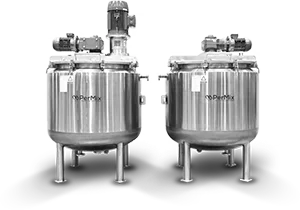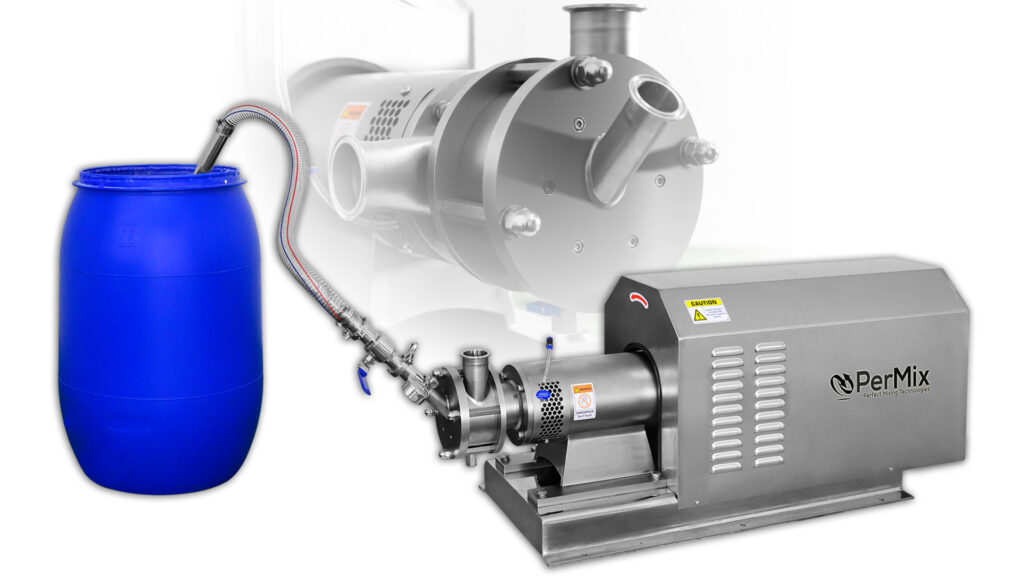Industrial Mixers
PerMix News & Updates



The Myths About Shear Pumps, Head Pressure, & When To Use A Two Pump System
Shear pumps, head pressure, and pump systems are concepts often encountered in fluid dynamics and pumping applications. Let’s break down the myths surrounding shear pumps, head pressure, and when to use a two-pump system.
Myth: Shear pumps are only used for high-viscosity fluids. Reality: Shear pumps are designed to provide shear forces to break down particles or agglomerates in fluid systems. While they are commonly used for high-viscosity fluids, they can also be effective for lower viscosity applications where shear is needed for proper mixing or dispersion.
Myth: Shear pumps cause excessive heat generation. Reality: Shear pumps can generate some heat due to the mechanical energy imparted to the fluid, but this is not always excessive. The heat generation depends on factors such as pump speed, shear rate, and the characteristics of the fluid. Proper pump selection and system design can help manage heat generation.
Myth: High head pressure always results in better performance. Reality: While some applications may require high head pressure, it’s not a universal rule. The ideal head pressure depends on the specific requirements of the system. Excessive head pressure can lead to increased energy consumption, wear on the pump, and potential damage to the system. Optimal performance is achieved by matching the pump’s characteristics to the system’s requirements.
Myth: Head pressure is the only factor determining pump performance. Reality: Head pressure is important, but other factors such as flow rate, pump efficiency, and the system’s resistance to flow also play crucial roles. A comprehensive understanding of the entire system is necessary for effective pump selection and operation.
Myth: A two-pump system is always more efficient than a single pump system. Reality: Whether a two-pump system is more efficient depends on the specific application and requirements. In some cases, a single pump with variable speed control may be more energy-efficient and cost-effective. A two-pump system may be necessary for redundancy, higher flow rates, or specific operational needs.
Myth: Two pumps always provide better reliability. Reality: While redundancy in a two-pump system can enhance reliability, it also introduces complexity and maintenance considerations. Proper design, regular maintenance, and monitoring are essential to ensure the reliability of a two-pump system.
In summary, understanding the specific needs of a fluid system is crucial for effective pump selection and operation. Shear pumps, head pressure, and the choice between single and two-pump systems should be based on a thorough analysis of the application requirements.
Types Of Shear Pumps
Shear pumps, also known as high-shear mixers or shear blenders, are designed to provide intense shear forces to break down particles, disperse, and homogenize fluids. There are various types of shear pumps, each designed for specific applications. Here are some common types:
The choice of shear pump depends on the specific requirements of the application, including the properties of the fluids being processed, the desired level of shear, and the overall processing goals.